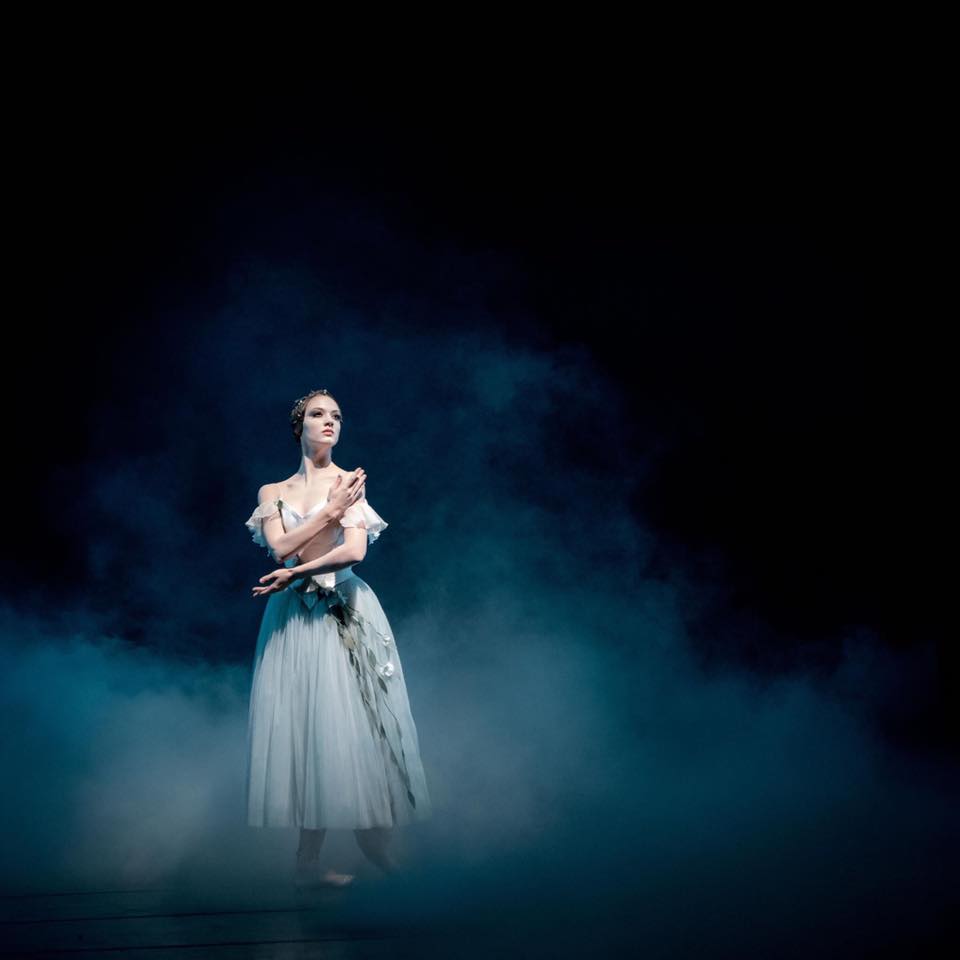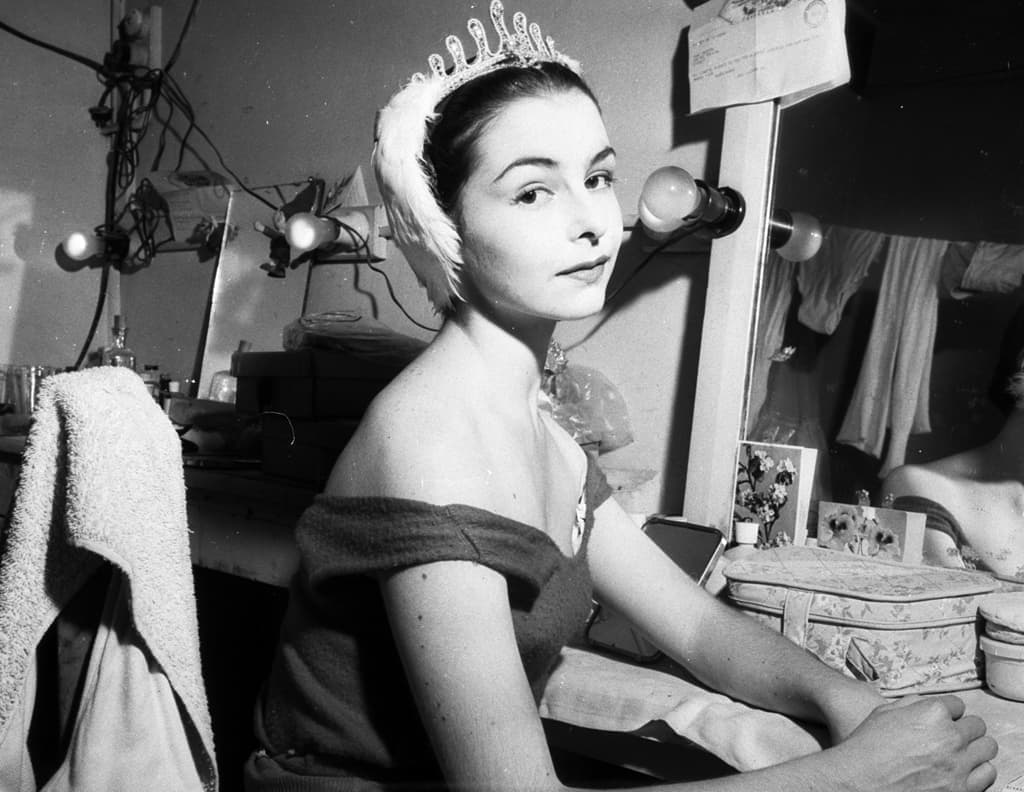With the exception of the celebrated Fanny Elssler, departed this world in 1884, Austria has produced virtually no classical dancer of international stature—rather surprisingly given’s the country’s pre-eminence in music and theatre.
All the more cause for rejoicing then, when in 2011 a teenaged Prisca Zeisel joined the Ballet attached to the Vienna State Opera on graduating from its School. Swiftly enough, the girl rose through the ranks, to a degree that she was poached away by the Bavarian State Opera, where she was appointed principal dancer in 2019.
At that time, the Ballet Director at Munich was Igor Zelensky, a Russian who happens to be Putin’s son-in-law. As one might have expected, shortly after the Special Military Operation (SMO) was launched, in April 2022 to be precise, Zelensky quit Munich “of his own accord”—amongst the most interesting and influential jobs in European theatre, and one that no-one would ever quit of his own accord.
At Munich, Mr. Zelensky’s position was straightaway filled by Laurent Hilaire, a French dancer who had just “self-ejected” from the Stanislavsky Theatre at Saint-Petersburg, where he had run the ballet since 2017. In February 2022, a few short days after the SMO began, Hilaire left Russia at speed, owing to “circumstances” which “prevent one from settling down to work with peace of mind.” Whether “circumstances” might have had to do with Micronian/World Economic Forum rule over the Quai d’Orsay (French Foreign Office) is likely a figment of Moufid’s fevered imagination.
Whatever the case, following Zelensky’s departure from Munich, Miss Zeisel kept up ties to her former Director and his dancers, amongst whom several then “self-ejected” from Munich as well.
Now, in 2019, Miss Zeisel had danced at the Sebastopol Ballet Gala, without this ruffling a Bavarian feather. Then, in August 2023, she returned to the Crimean city to dance with Dmitri Sobolevski. On returning to Munich, she was almost immediately self-ejected, or as the Theatre’s press release put it:
In early September 2023, principal dancer Prisca Zeisel asked to leave the Bayerisches Staatsballett. Over the summer, she had danced at a Crimean gala (editor’s note: the word “Russia” never appears, as NATO which rules Germany does not, of course, recognize the Crimea as Russian). Further to exchanges with our Ballet Director and our General Intendant, Prisca Zeisel asked that her employment contract be terminated, to which Management has agreed.
According to the Spanish newsletter Mundo Clasico, Miss Zeisel’s departure… only serves to shew the de facto complete subservience of Mr. Hilaire to General Intendant Serge Dorny, also responsible—a thing of which Dorny then boasted—for Igor Zelensky’s so-called resignation as Ballet Director.”
All-too-evidently, the hothouse-orchid clique of General Intendants who run almost every major Opera House in the West enjoy an (exceptionally lucrative) career dependent on two factors: unswavering Wokism, and obsequious—if coyly naughty—boot-lickism to Whomever may be in Power. As for Serge Dorny, he emerged from the Gérard Mortier/Bill Viola côterie, of which ‘Nuff Said.
For the French art newsletter Diapason, though, it ain’t ‘Nuff Said. In May 2022 Russian pranksters Vovan and Lexus, playing at being Ukrainian Minister of Culture, got Intendant Serge Dorny on the phone, where he crowed about having got rid of conductor Valery Gergueev (“despite our having worked with him for 35 years”) and opera singer Anna Netrebko (“we don’t want artists like that (sic) about”), and as for Igor Zelensky “he didn’t really take the decision to quit of his own will.” The Vovan and Lexus prank is most definitely not “fake news”: their conversation with Serge Dorny was confirmed without comment by the Bavarian State Theatre.
Now, if those oafs parading as the Government of Germany—Finance Minister Robert Habeck, “Miss Piggy” Annalena Baerbock and Chancellor Oaf Scholz, can Sing along with Mitch while the USA blows up Nord Stream, what is to stop their having an an Opera House Intendant hammer the purportedly weak—a little ballerina—whilst boot-licking the purportedly strong?
A practising Catholic—her official portrait for the Munich Ballet, shews a small crucifix carefully placed over her lace garment—Mlle Zeisel’s principles would appear to be non-negotiable, and thus on the same plane as her ability.
Not on the breadline, perhaps. On September 27th 2023, she is scheduled to appear as Gamzatti in La Bayadère at the Mikahilovsky Theatre at Moscow.
As for NATO’s arm-twisting a slew of European artists, whether Russian, pro-Russian or just plain unwilling to toe any line, we have been advised by The Postil’s editors to eschew all vulgar langage. Point taken.
Moufid Azmaïesh writes from France.



